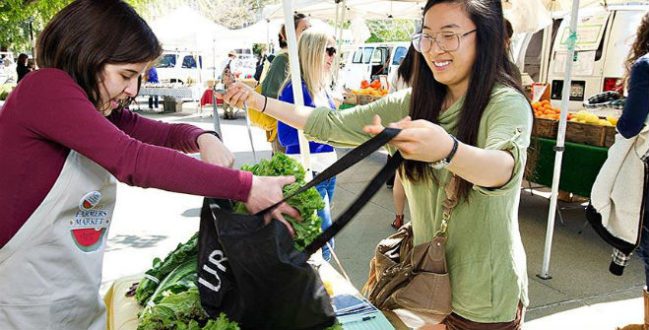

Sep 18, 2019Hyperlocal and the next-generation farm market customer
In just about every consumer poll I’ve seen, quality of fruits and vegetables is the most important thing to consumers. Not price. Quality beats price every time. Not that price isn’t important, but let’s not focus solely on that. Let’s look at the quality of our products and what the customer is hoping to get from our offerings. Think “value for money” rather than “best price.”
Besides quality, there are other emerging values that are important to consumers, particularly Gen X and millennials, who are your next generation market shoppers, so our marketing efforts need to reflect their values.
I recently read an article regarding a produce industry survey. One of the questions was about which consumer trends will drive produce sales in the future. A couple of responses to that survey stand out to me. The multiple mentions of “health/food as medicine,” “convenience” tied in with “flavor and taste,” which to me also means quality. Lastly, “local” and even the mention of the term “hyperlocal.”
Hyperlocal refers to products that are purchased or consumed where they are grown or made. Here is one area I think the retail farm market industry can capitalize on and even have an advantage. I’m certain there are items in your market that are grown on your farm. Let’s replace the term “homegrown” with the term “hyperlocal.”
Homegrown meant something to the boomer generation but not so much the following generations. Homegrown brings up the question “whose home was it grown?” Hyperlocal is more specific. It means it’s grown right here. It’s also an opportunity to have that discussion with our customer. If they ask what does hyperlocal mean and you can point to the field it came from, that’s hyperlocal and very few food retail establishments can do that. It’s a conversation and connection with the people who grew the food that speaks to the freshness and the quality.
Hyperlocal is not only a trend, it’s an advantage that on-farm markets and farmers’ markets need to capitalize on. In recent years, conventional grocery retailers have made efforts to have local produce, or at least appear that they have, but they don’t do a very good job telling that story.
Get the local vendors whose products you carry involved. Do they have information about how they produce their products that you can share with your customers? It’s cross-promotion that will benefit both businesses. Here’s an example. One market I work with has a bread baker, Hilary, who uses a stone oven to bake her bread and delivers it to the market twice a week. When she delivers, someone from the market photographs bringing the bread into the store and posts the picture on Facebook announcing that Hilary has arrived with fresh bread baked that morning.
This same market is proud of the fact that they work with 60 vendors within a 50-mile radius of their market. To help communicate that to their customers, they posted a series of direction signs in front of the market. Each sign has the name of a vendor and where they are located so before you even set foot in the market, they’re telling you just how local they are.
— Brian Moyer, FGN columnist














